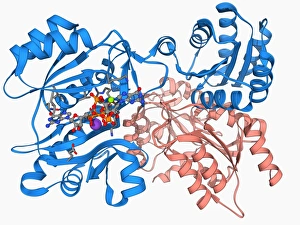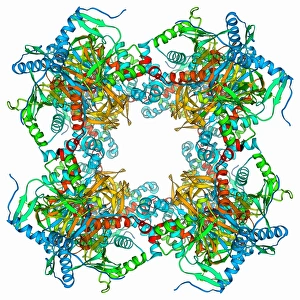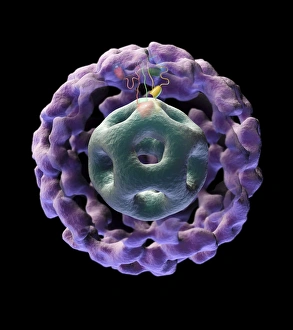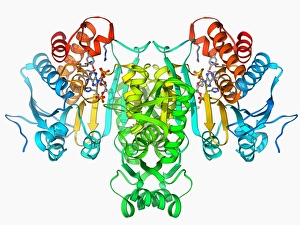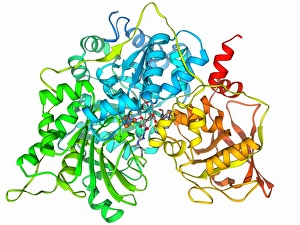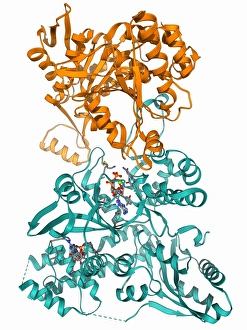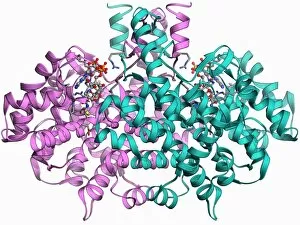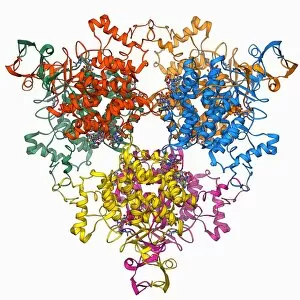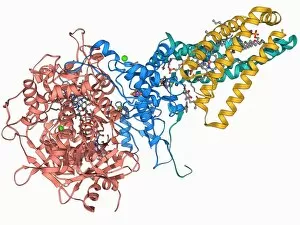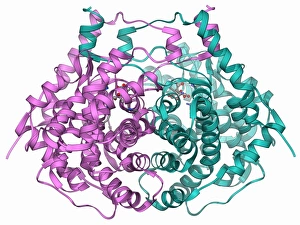Citric Acid Cycle Collection
The citric acid cycle, also known as the Krebs cycle or tricarboxylic acid cycle
All Professionally Made to Order for Quick Shipping
The citric acid cycle, also known as the Krebs cycle or tricarboxylic acid cycle, is a fundamental metabolic pathway that plays a crucial role in energy production within our cells. This intricate process involves several key enzymes and molecules that work together to convert nutrients into usable energy. One of these essential enzymes is succinyl-CoA synthetase (F006/9592), which catalyzes the conversion of succinyl-CoA to succinate, generating ATP in the process. Another vital enzyme is citrate synthase (F006/9573 and F006/9443), responsible for combining acetyl-CoA with oxaloacetate to form citrate. The pyruvate dehydrogenase complex (C018/9192 and F006/9303) also plays a significant role by converting pyruvate into acetyl-CoA, which then enters the citric acid cycle. Additionally, NADP-dependent isocitrate dehydrogenase (F006/9778) helps regulate this cycle by catalyzing the conversion of isocitrate to alpha-ketoglutarate while producing NADPH. Isocitrate dehydrogenase kinase (F006/9698) controls the activity of another critical enzyme called isocitrate dehydrogenase (F006/9663). This enzyme converts isocitrate into alpha-ketoglutarate as part of the overall cycle. Lastly, we have succinate dehydrogenase (F006/9432), an enzyme embedded in the inner mitochondrial membrane that oxidizes succinate to fumarate while transferring electrons to coenzyme Q10. This step connects the citric acid cycle with oxidative phosphorylation, contributing further to ATP synthesis. As fascinating as it may sound scientifically, this caption aims not only at highlighting these metabolic enzymes but also appreciating their beauty as artwork.


